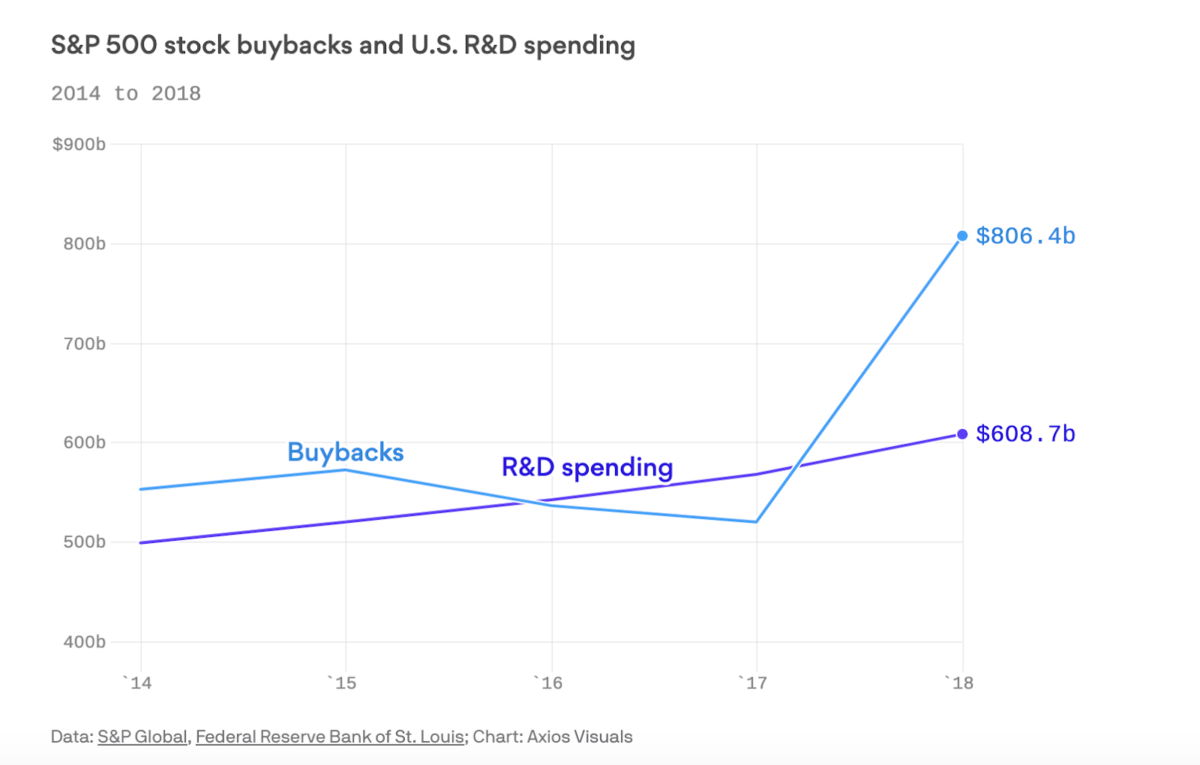It’s true innovation when a business builds something for themselves and then realizes there’s a potential application beyond internal needs.
Take, for example, a company like Apple that started predominantly as a hardware company making computers and other peripherals. Years later, when they created the App store it was originally conceptualized as a platform to deliver programs directly developed by Apple. But they realized that there was a much bigger opportunity here to create a marketplace model and the App store of today was born. In 2019, this line of Apple’s business contributed over a half a trillion dollars in billings and further reinforces the stickiness of their hardware business. If Apple had kept this ecosystem truly closed for fear of losing control, then their market penetration would be significantly less.




